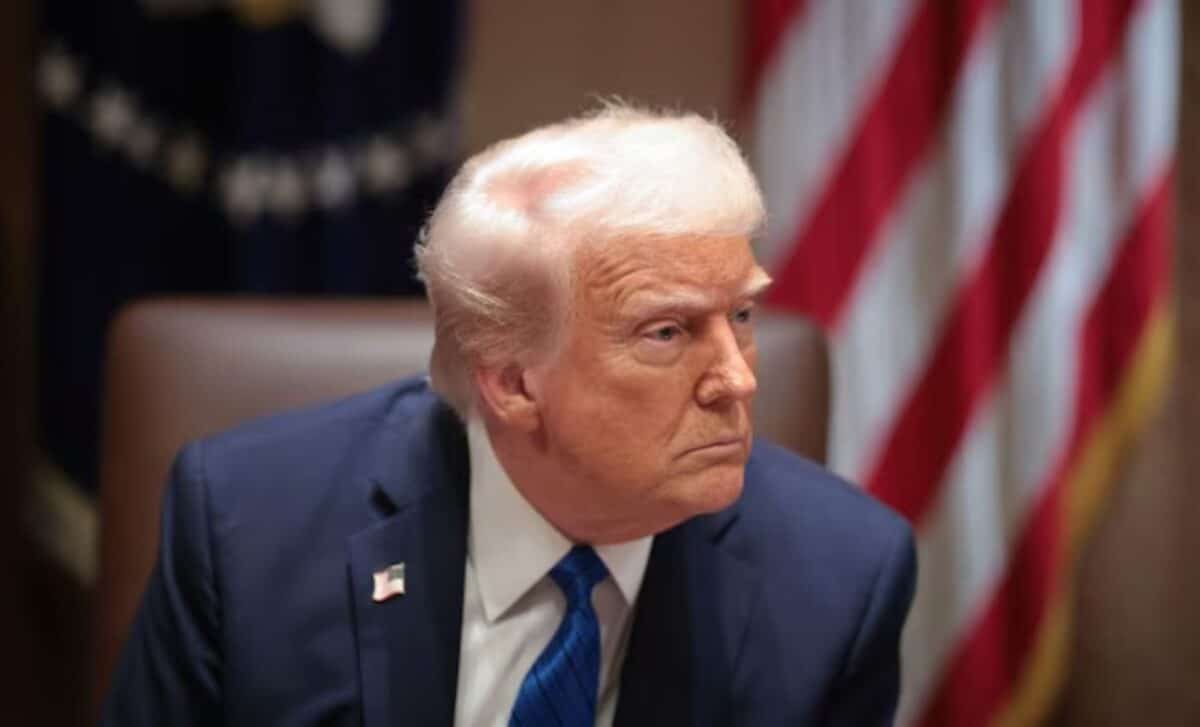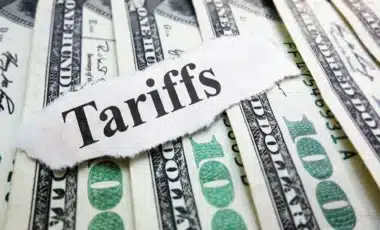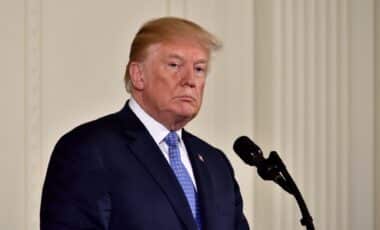The Trump administration is considering sweeping changes to the United States’ trade policy, including the potential for significantly higher tariffs on foreign goods. As the deadline for a decision approaches, the administration’s discussions have grown more heated, with President Trump pushing for a broader and more aggressive stance on international trade.
In recent weeks, President Trump has expressed a desire to reshape the US economy by introducing tariffs on a wider range of products. The proposed tariff hike, which could reach as high as 20%, aims to address the country’s trade imbalances with key trading partners.
However, the specifics of the plan remain unclear as the administration deliberates over how to move forward. The looming deadline for the announcement has left trade officials scrambling to finalize the details.
The Debate Over Universal Versus Reciprocal Tariffs
One of the most pressing questions facing the Trump administration is whether to impose a universal tariff, impacting nearly every country the United States trades with, or to focus on reciprocal tariffs, where the US would match the tariff rates of other nations.
The latter approach has been a cornerstone of Trump’s campaign promises, but more recently, his administration has leaned toward a broader strategy, including levies on virtually all trading partners. This shift has sparked internal debate, with some officials advocating for a more targeted approach, while others argue for a comprehensive solution to balance trade.
According to sources close to the discussions, the administration is weighing a global tariff of up to 20%, with no specific exclusions. While this plan is still under review, it reflects the president’s desire to simplify the policy and generate increased government revenue.
Some advisors also argue that such a move could counterbalance the tax cuts pushed through Congress by the Republicans, as it would offset the losses in tax income.
Sector-Specific Tariffs and Potential Impacts on Consumers
In addition to the broader tariff plans, the administration is also considering introducing sector-specific tariffs. These could target industries such as automotive manufacturing and products containing critical minerals.
The rationale for these industry-specific levies lies in national security concerns, which would allow tariffs to be imposed under the Trade Expansion Act of 1962, specifically Section 232. The move would enable the president to impose tariffs on goods considered essential for national security.
While the potential tariffs are still being finalized, experts warn that any increase in tariffs could drive up prices for consumers. According to analysts, vehicle prices could rise by up to 12% to compensate for the duties, a concern echoed by foreign automakers and manufacturers, who are awaiting further clarification from the administration.
The discussions surrounding tariffs come at a time of increasing concern over the potential impact on the US economy. Critics, including Democratic lawmakers, argue that higher tariffs could hurt American consumers and lead to increased costs in the marketplace.
Despite these concerns, the Trump administration remains focused on reshaping trade relations to reduce the US trade deficit and strengthen domestic industries.









